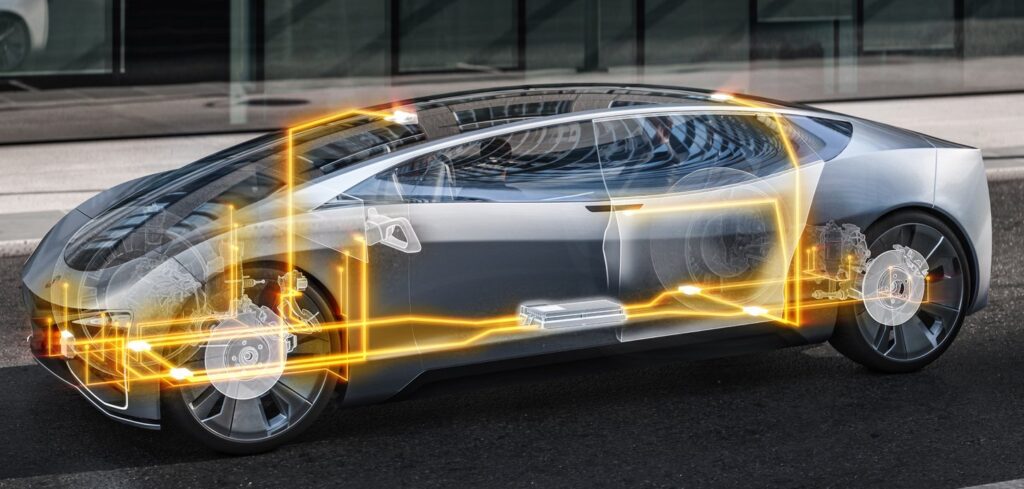Following the start of production of its In-Car Application Server 1 in Volkswagen’s ID.3 and ID.4 electric vehicles, supplier Continental says it is assessing further series production applications of domain-specific high-performance computers, across more than 20 vehicle models from various manufacturers and brands, in 2021 and 2022.
The company states it has orders for high-performance computers for vehicle cockpit, data management and vehicle connectivity, driving safety and dynamics, and automated driving, with a turnover of around €5bn (US$5.9bn) in the books.
Continental is also working on the next generation of in-vehicle computers, based around its Automotive Edge Platform, with its engineers focusing on a cross-domain approach. The aim is to create a hardware and software platform that provides functionality across a wide range of vehicle areas, from driving safety to entertainment, in order to offer automotive manufacturers the greatest possible flexibility and modularity for designing vehicle architectures with minimum complexity.
“The development of vehicle electronics from distributed electric control units to server-based architectures involves much more than a technical evolution. We are in the midst of a comprehensive transformation of products, work and development processes as well as business models,” explained Michael Huelsewies, SVP architecture and software, Continental.
“With our Continental Automotive Edge Platform, we are therefore focusing on a consistent connection of vehicle functions and services to the cloud and an integrated development environment. Together with our partners and customers, we are thus also creating the basis for cross-domain high-performance computing.”
The company highlights that this presents a challenge when it comes to enabling individual functional areas while retaining a holistic user experience. For example, infotainment in the vehicle cockpit focuses on user experience, and connectivity and applications from consumer electronics, data management and vehicle connectivity are about mastering complexity and real-time requirements. Conversely, driving safety and dynamics and automated driving focus on strict requirements for functional safety and latency-critical vehicle regulations.
This is where the Automotive Edge Platform comes in – a flexible modular system which consists of high-performance computers, software and cloud platforms, as well as services and applications. The platform connects the vehicle with the cloud and, thanks to its modularity, simplifies the development, provision and maintenance of software-intensive system functions from the various areas of the vehicle.
In the future, Continental says it will be possible for users to obtain desired functions through software updates over the entire service life of the vehicle. The basis for this is provided by the development environment for software-intensive vehicle architectures, which makes it possible to implement software, sensor and big data solutions in a fraction of the previous development time. In this way, vehicle software can be quickly and securely developed, tested and installed directly on vehicles, futureproofing functionality.
The company is also offering a variety of development kits, providing components for centralized vehicle architectures which act like a standardized and modular workbench, making it easier to develop and test functions. Use of the cloud also enables scalable and efficient testing and simulation of vehicle functions. The individual modules of the Continental Automotive Edge Platform are set to be presented in 2022.



